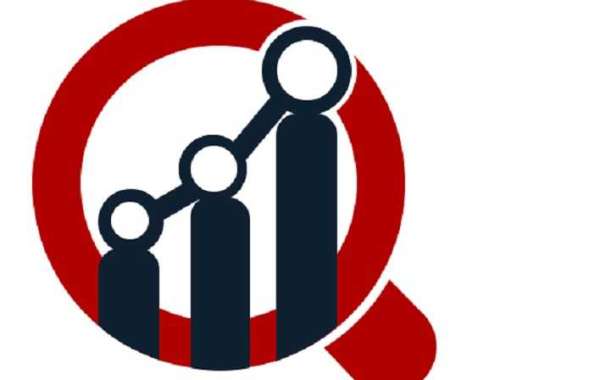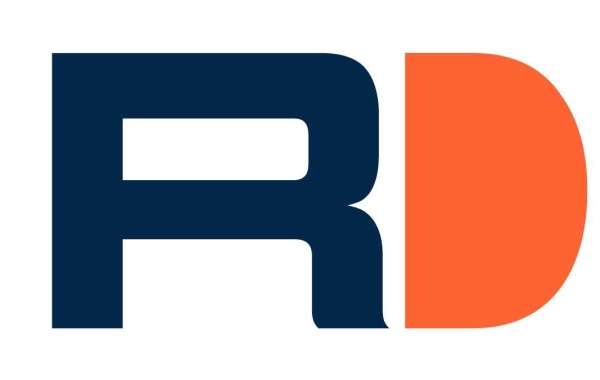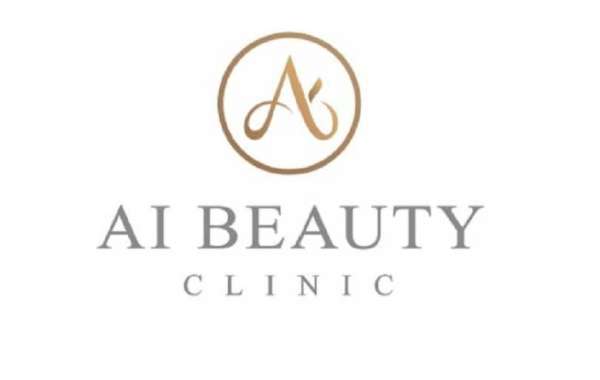Development of technologically advanced and innovative materials have reduced the need for maintenance that is required to repair the damages. Self-healing materials have the ability to repair physical damages without human intervention.
The market operations are expected to rise at a huge CAGR of 72% during the forecast period and hence, the market is expected to reach a final market valuation worth USD 2,447.7 million by the end of the forecast period in 2028.
Market Drivers and Restraints:
Self-healing materials market share is extensively utilized in various end-use industries such as automotive, construction, aerospace, healthcare, electronics and others. High demand for these materials from rapidly expanding end-use industries is leading to the significant growth of the global Self-healing materials market share. Increased research expenditure for the development of innovative products that can aid in reducing the maintenance cost and utilization of technologically advanced solutions are some other factors that are propelling the expansion of the global Self-healing materials market share during the assessment period. However, the high cost of these materials is likely to act as a restraining factor on the expansion of the global market for self-healing materials during the forecast period.
Market Segmentation:
The global Self-healing materials market share has been segmented into type, technology, and application. Based on product type, the Self-healing materials market share has been segmented into concrete, coatings, polymers, fiber reinforced composites, asphalt, metals, and ceramics. Based on technology, the Self-healing materials market share has been bifurcated into reversible polymers, microencapsulation, shape memory materials, and biological material systems. Based on application, the Self-healing materials market share has been segmented into energy generation, automobile transport, electrical semiconductor, building construction, medical, and others.
Regional Analysis:
Geographically, the global Self-healing materials market share has been segmented into five major regions such as Asia Pacific, Latin America, Europe, North America, and the Middle East and Africa. The Europe region is projecting dominance over the global Self-healing materials market share owing to the extensive research that is being carried out for the development of innovative materials that possess self-healing properties and increasing utilization of advanced technology for manufacturing such materials in this region. Rapid advancement of technology and skyrocketing demand for self-healing materials in various end-use industries are propelling the growth of the Self-healing materials market share in the North America region. Growing infrastructural development and increasing utilization of technologically advanced solutions in construction and building industries in the emerging economies are fueling the expansion of the Self-healing materials market share in the Asia Pacific region. Rapid expansion of various end-use industries in the developing countries of the Asia Pacific region is also contributing to the growth of the Self-healing materials market share in this region. The Middle East and Africa region is projecting slow growth in the global Self-healing materials market share owing to the poor economic conditions, lack of awareness regarding the availability of such materials and low demand form the end-use industries in this region.
Key Players:
Some of the key players profiled by MRFR that are operating in the global Self-healing materials market share are AkzoNobel N.V. (Netherlands), Arkema SA (France), Autonomic Materials Inc. (the U.S.), Avecom N.V. (Belgium), BASF SE (Germany), Covestro AG (Germany), Critical Materials S.A. (Portugal), E.I. Du Pont De Nemours and Company (the U.S.), Evonik Industries (Germany), Sensor Coating Systems Ltd. (the U.K.), and others.
Industry Updates:
In December 2018, researchers at the Department of Material Sciences and Engineering from City University of Hong Kong have developed an electroluminescent (EL) device that has self-healing properties.
In December 2018, it has been announced that the team of researchers at the University of Cambridge are using micro-encapsulation technologies for the development of self-healing construction materials.
Access Full Report Summary: https://www.marketresearchfuture.com/reports/self-healing-materials-market-5503
Contact us:
Market Research Future (part of Wantstats Research and Media Private Limited),
99 Hudson Street, 5Th Floor,
New York, New York 10013
United States of America
+1 628 258 0071
Email: sales@marketresearchfuture.com








